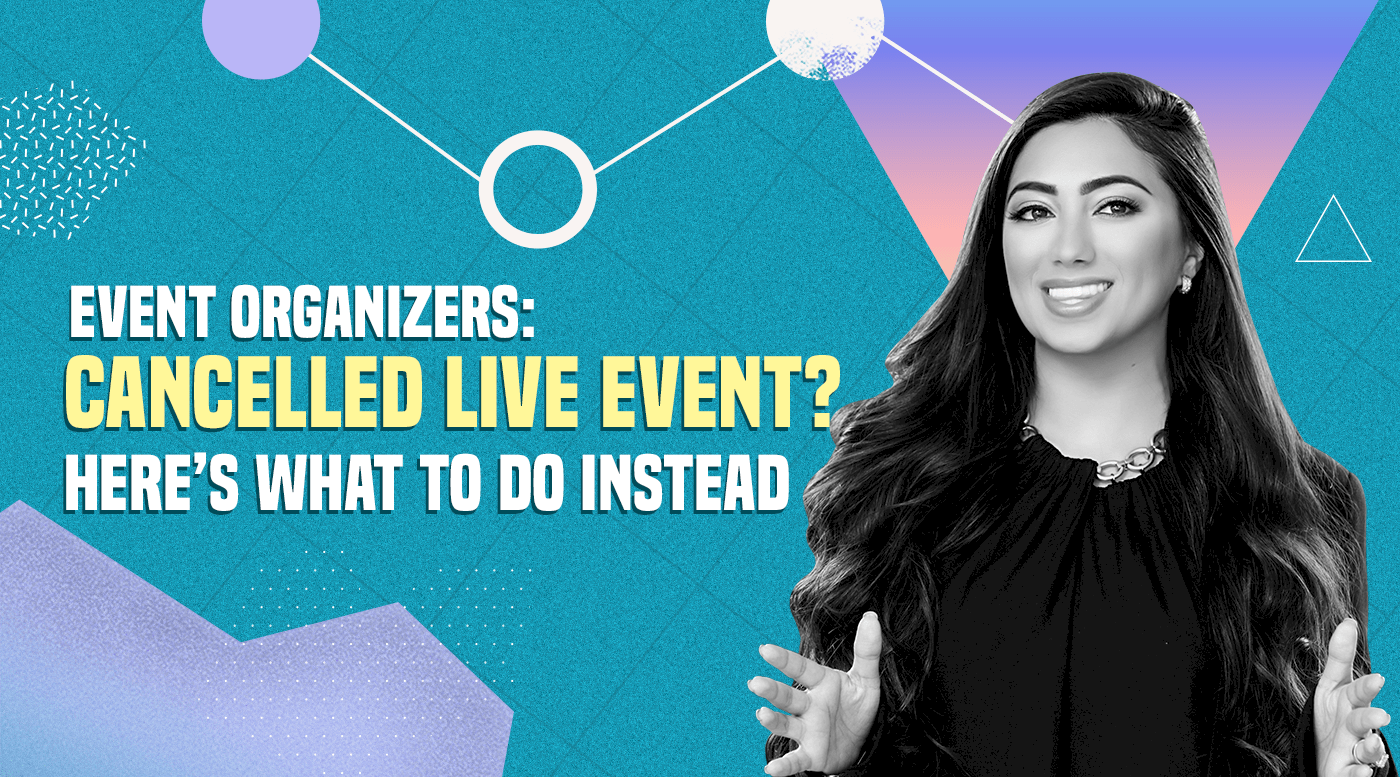How To Get PR At CES 2020, Starting Now
What exactly does it take to get PR at the Consumer Electronics Show (CES), the biggest tech show in the world, and an incredible opportunity for generating buzz about your brand?
Well, here’s a secret: it takes a ton of work, but the ROI is worth it.
The only way to get coverage at an event of this magnitude is to plan extensively. Now that it’s November, that means you should be doing one of two things: either ramping up your planning efforts into turbo mode and preparing to scramble, or actively mobilizing to partner with an experienced marketing and PR agency to help you make up for lost time. (And here’s a tip: look for one that combines the best of traditional and new media to ensure seamless coverage before, during, and after CES.)
While up until now, any planning you’ve conducted has probably involved identifying relevant press outlets in attendance, writing press releases, and doing some general scouting of the CES press landscape, now is the time to really start focusing your efforts to ensure you emerge from the fray that is CES with some solid coverage.
Here’s your timeline for getting PR at CES, starting now.
Mid-November
Your PR team should have a solid, accurate list of the press outlets that will be in attendance at CES and cover topics relevant to your brand and product.
Now, comb through this list to identify specific reporters who cover topics relevant to you—and this means more than just looking at their beats.
You want to look up those reporters on social media, read their past work, and really dig into their interests. Remember that there are countless reporters who freelance for multiple outlets, and they may cover different beats depending on the publication.
Once you’ve got this list narrowed down, start developing those relationships. In the month before the show and during the show itself, reporters are being positively inundated with pitches, press releases, and requests to talk, so you’ve got to get ahead of the game—especially if you’ve never spoken with a reporter before.
Here are some pointers for that all-important pitch:
- Do not BCC your entire list of media contacts with the same email. This is PR 101, and yet, you’d be surprised how many brands still make this mistake.
- Do double-check that you’ve included every necessary detail: if your brand will be attending the Pepcom or ShowStoppers receptions, or at a particular press briefing, give the date, time, location, and any other pertinent detail a journalist would need in order to find you. In general, it’s not a good idea to request appointments or try to schedule a chat—this can come off as pushy.
- Do offer a concise, simple narrative in your pitch that suggests, but does not push, a specific angle. Pitches that tell journalists exactly how they should cover your product are likely to end up in the trash—no one wants to be told how to do their job. What journalists do want is the details they need to spot a good angle. Maybe that’s your founder’s life story, maybe it’s the unique way you’ve harnessed a brand new technology. Whatever that may be, put it front and center.
December
During this short month, you want to continue reaching out to any reporters you’ve made contact with.
It’s a great idea to consider using embargos—this simply means that you give journalists exclusive details about your product, or have your founder/CEO do an exclusive interview that is not to be released until CES hits.
The advantage of this is that it gives the journalist much more time to craft your story. During the show, they’re under tremendous pressure to send back quick profiles, post on social media, and turn around stories on incredibly tight deadlines.
If you can give a journalist more time by giving them what they need to write your story in December and push it live during CES, that’s a win for both of you.
January
Showtime! Once you arrive in Las Vegas, most of your attention will likely be on your booth, your product, your demos, and the events you’ll be attending.
However, while the bulk of your PR work should have been done by now, it’s still a good idea to put out feelers to any reporters who stop by your booth or whom you run into outside of the press briefings (which are held at Mandalay Bay, not at the Las Vegas Convention Center).
Your brand/product narrative needs to be nailed down tightly, so you can give any interested journalist what they need to know in a minute or two.
But you’ll notice that most of your work will have already been done. No matter how amazing your product is, it’s hard to get noticed at CES—there are simply too many other products competing for attention. Keep your eyes and ears open, but those pre-show relationships that you’ve already built are likely to be the ones that will pay off the most.
That’s why there’s no time to lose, so whether that means rolling up your own sleeves or engaging an experienced agency, now is the time to mobilize for this incredible opportunity to generate buzz for your brand.
P.S. – I happen to know a thing or two about building a brand. I’ve been doing it for 10 years and recently partnered with Microsoft365’s The Growth Center to share how I successfully scaled my own marketing agency. You can read about it here: http://bit.ly/bestadvice-14









